
Hiding Pocket Holes with Pocket Hole Plugs
George VondriskaScrew pockets are a great way to put projects together, but are unsightly. If the pocket holes on your project are going to show when it’s done, there’s a great (and easy) way to hide them. All it takes is glue, dowels and some hand tools. You can even turn pocket holes into a decorative accent.
Share tips, start a discussion or ask one of our experts or other students a question.
Make a comment:
Already a member? Sign in
One Response to “Hiding Pocket Holes with Pocket Hole Plugs”
Explore videos by George Vondriska
Premium Membership
Unlock exclusive member content from our industry experts.
- 24/7 Access to Premium Woodworking Videos, Projects, and Tips
- Step-by-Step Instructional Demos, Plans, and Tutorials
- 50% Off Video Downloads Purchased in the Woodworkers Guild of America Shop
- 2 Printable Woodworking Plans
Unlock exclusive member content from our industry experts.
- 24/7 Access to Premium Woodworking Videos, Projects, and Tips
- Step-by-Step Instructional Demos, Plans, and Tutorials
- 50% Off Video Downloads Purchased in the Woodworkers Guild of America Shop
- 2 Full-Length Video Downloads to Watch Offline
- 2 Printable Woodworking Plans
Gold Membership
$370 Value
Get everything included in Premium plus exclusive Gold Membership benefits.
- 24/7 Access to Premium Woodworking Videos, Projects, and Tips
- Step-by-Step Instructional Demos, Plans, and Tutorials
- 8 Full-Length Video Downloads to Watch Offline
- 3 Full-Length Woodworking Classes to Keep for Life
- 7 Printable Woodworking Plans
- Discounts on Purchase-to-Own Content in the Woodworkers Guild of America Shop
- Access to Ask the Expert Program
- Exclusive GOLD LIVE Streaming Events
Get exclusive premium content! Sign up for a membership now!
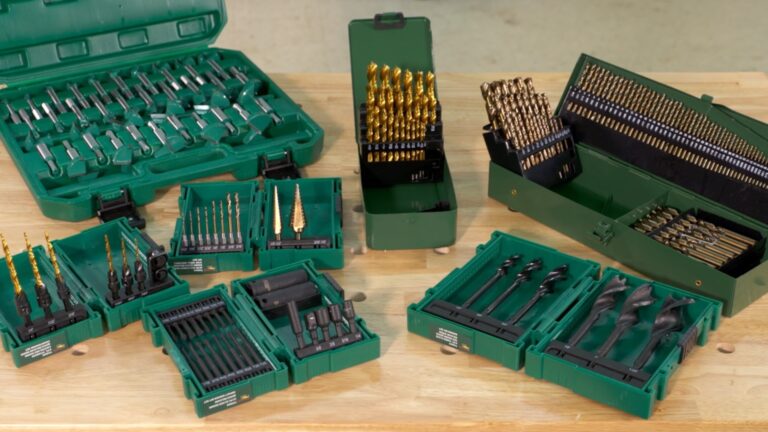




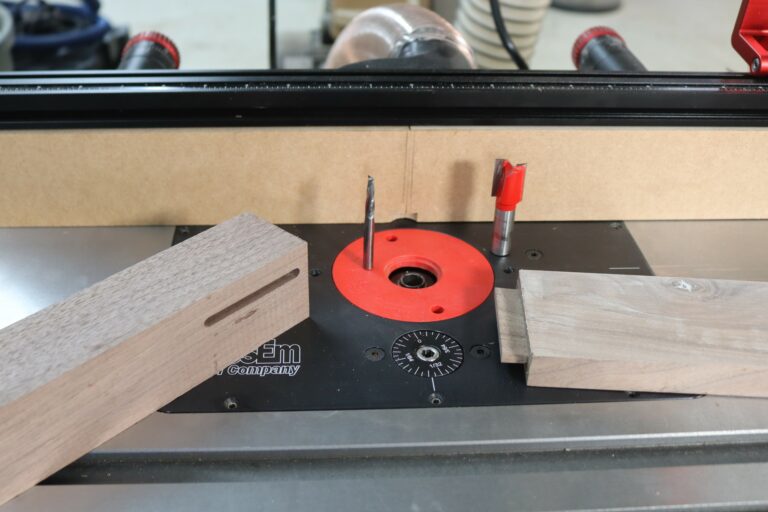
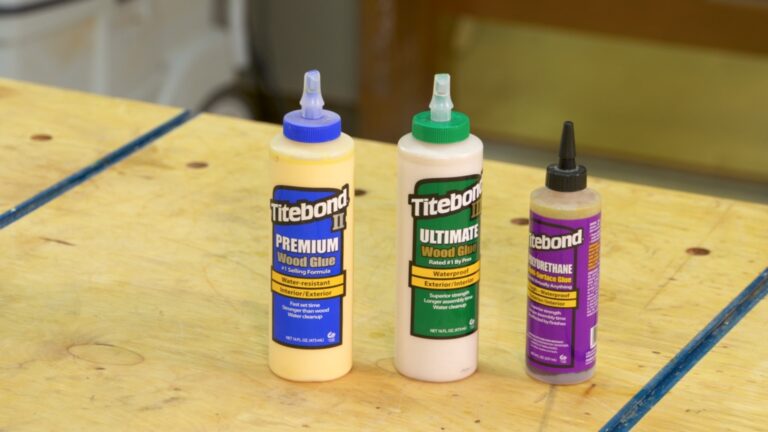
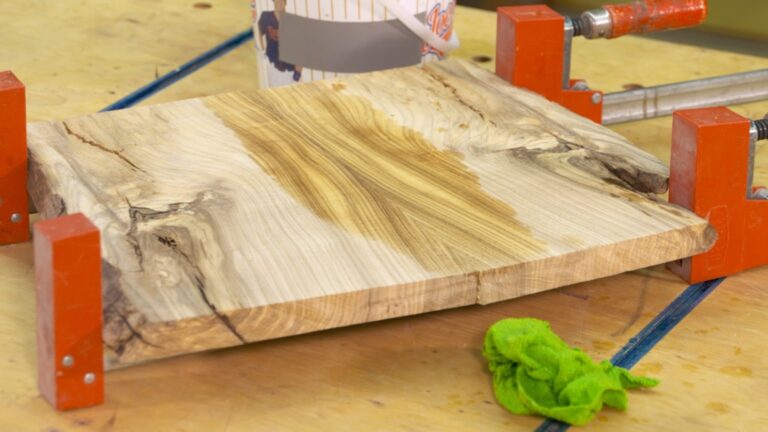


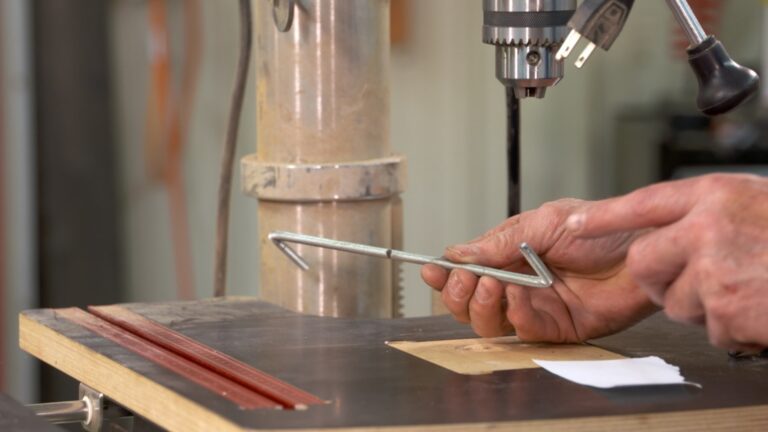

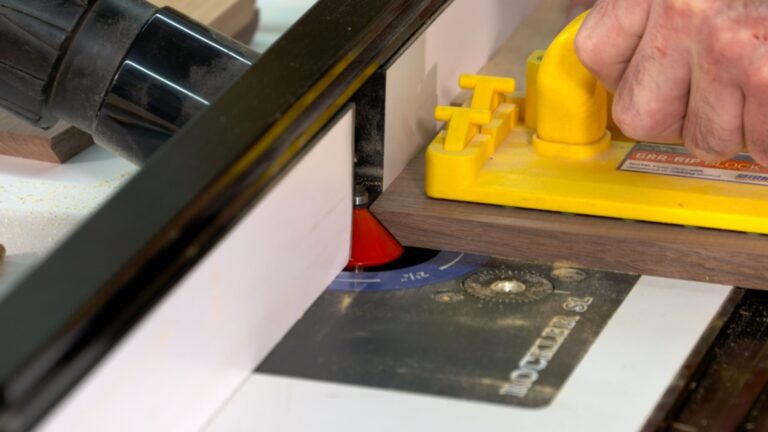

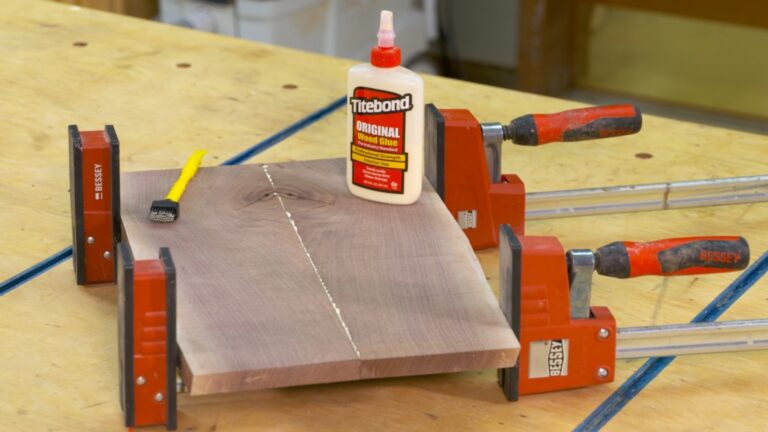
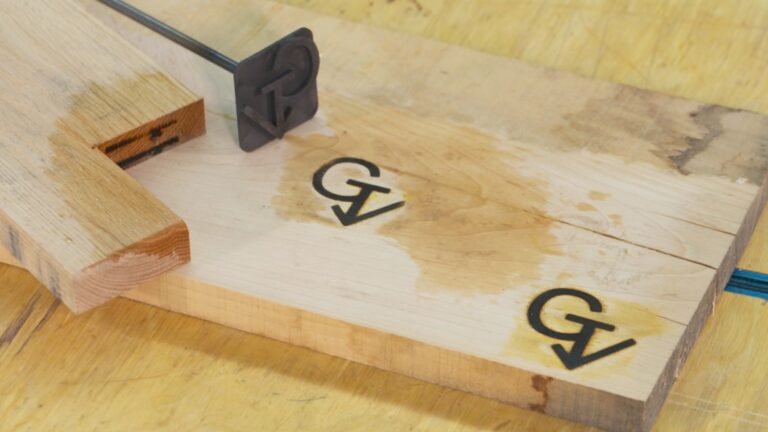
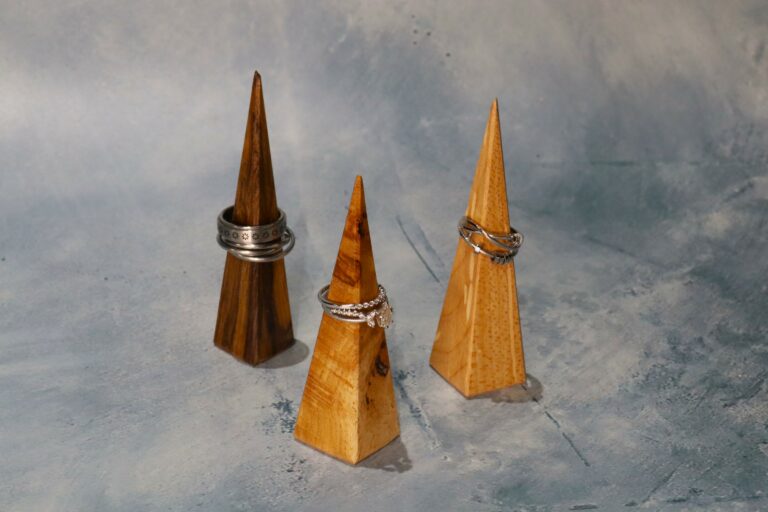
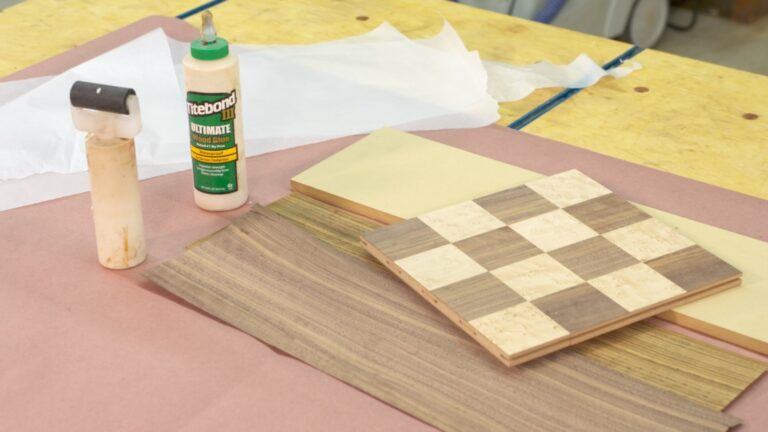
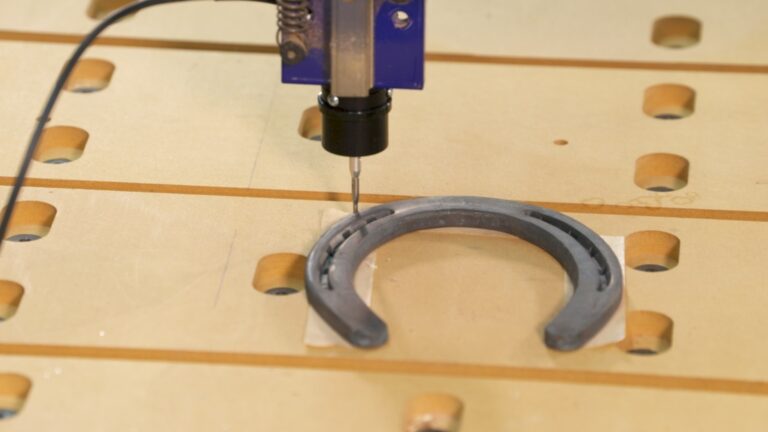
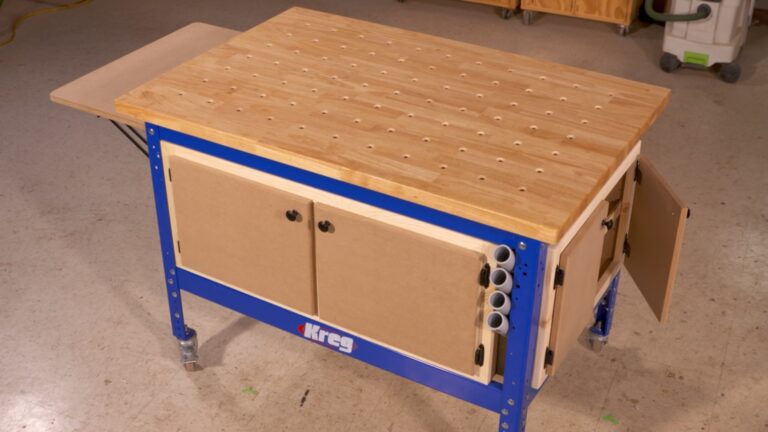


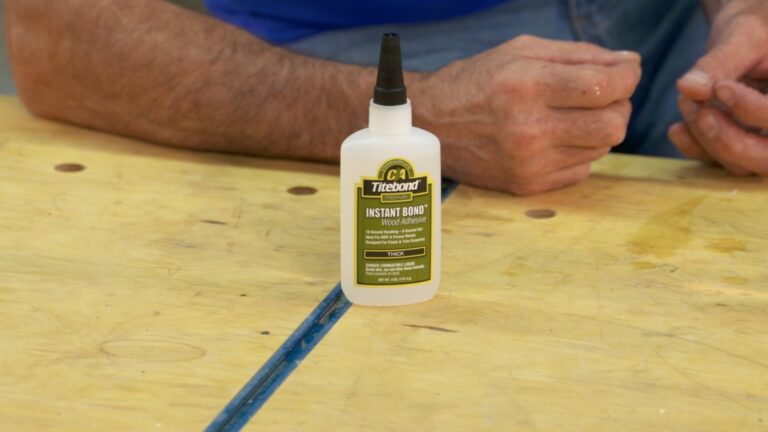
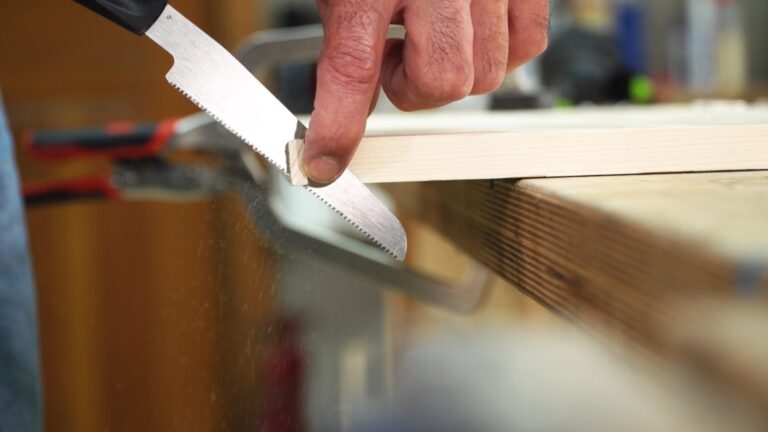

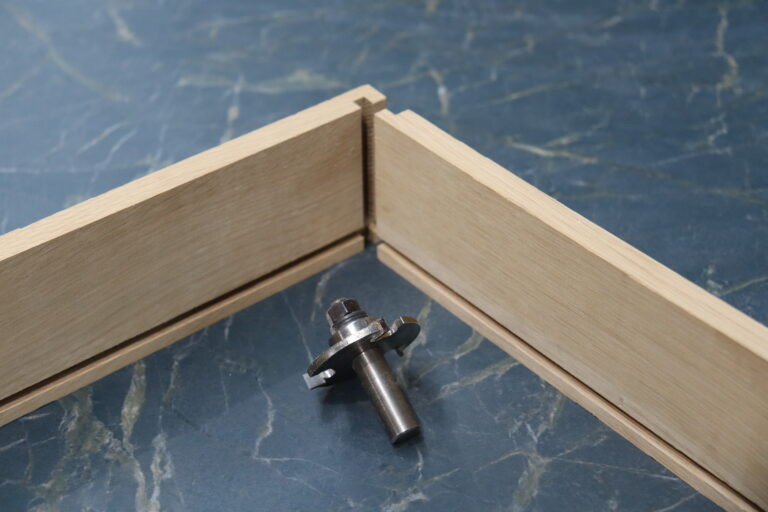
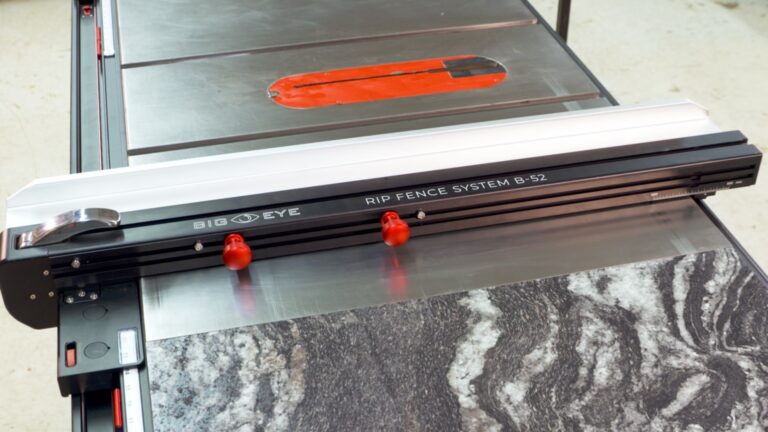
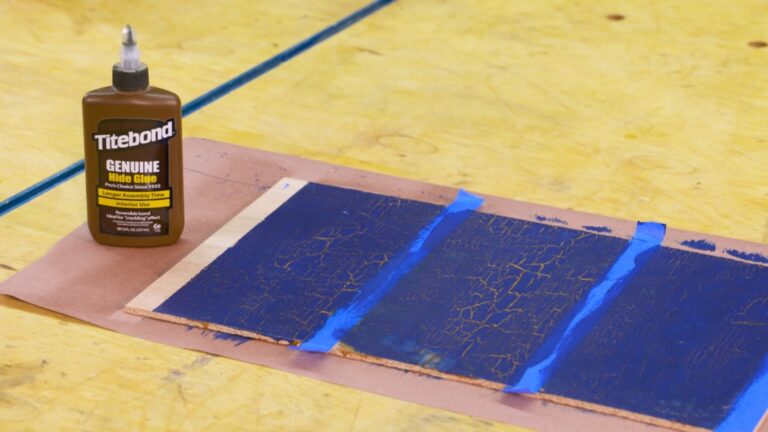
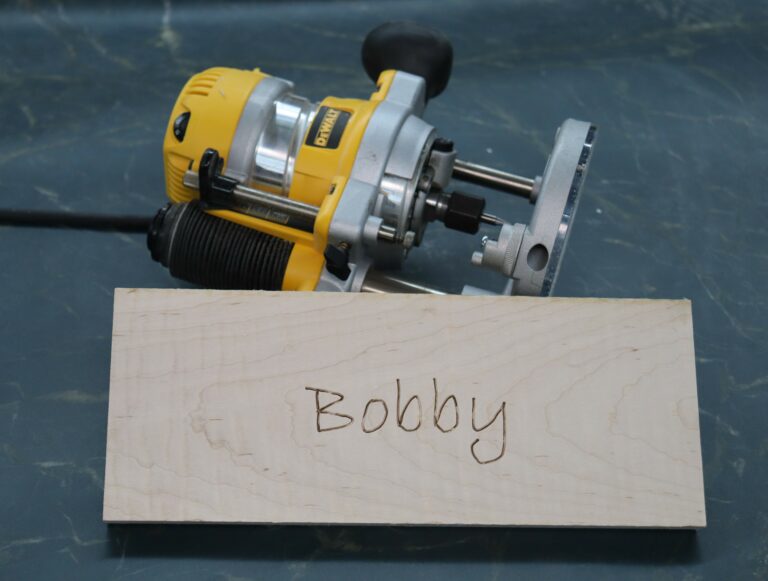
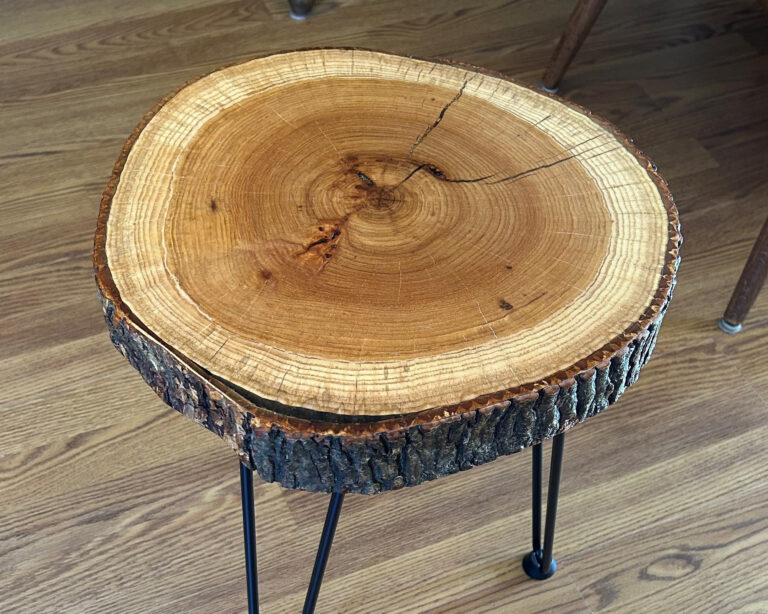
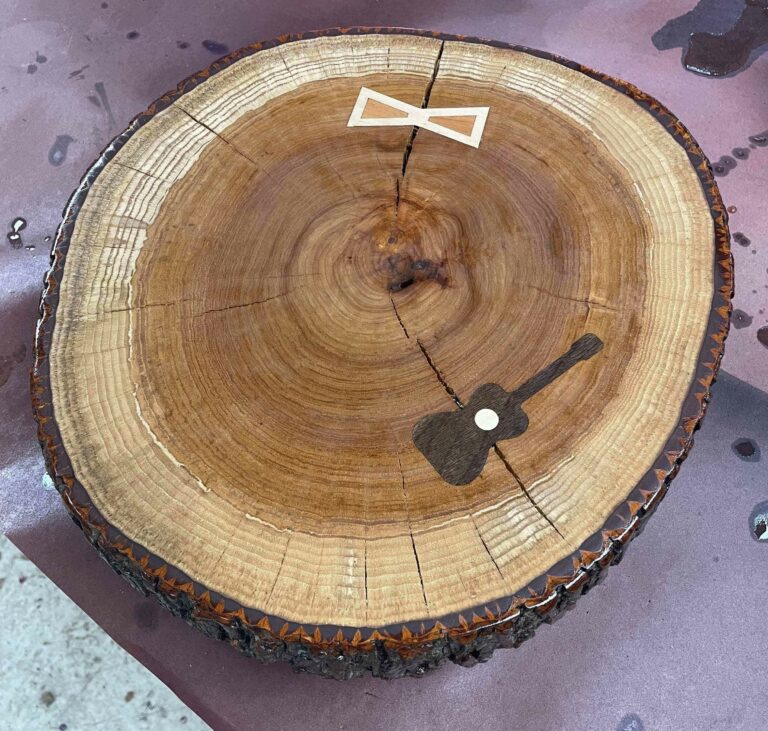

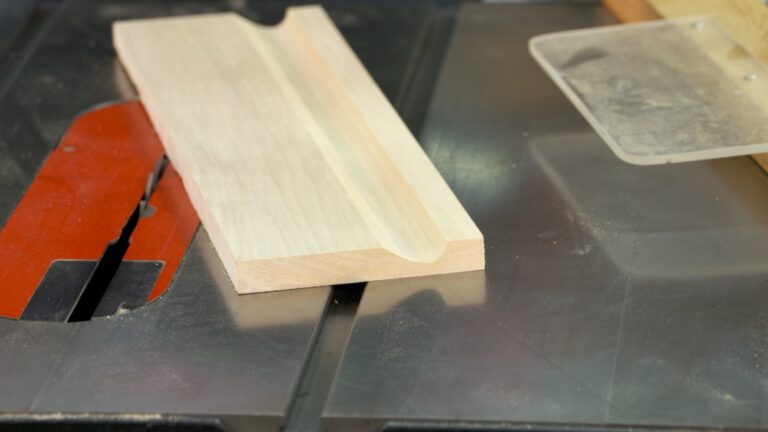

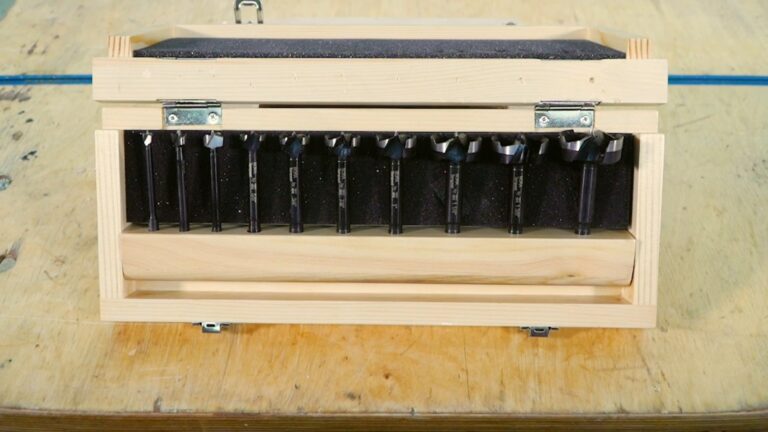

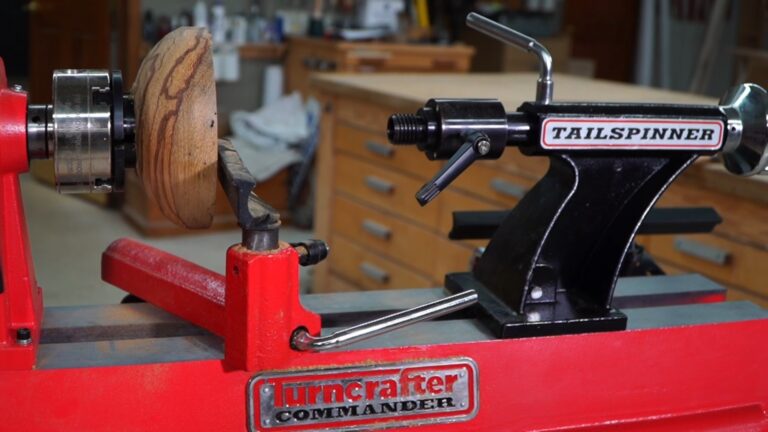
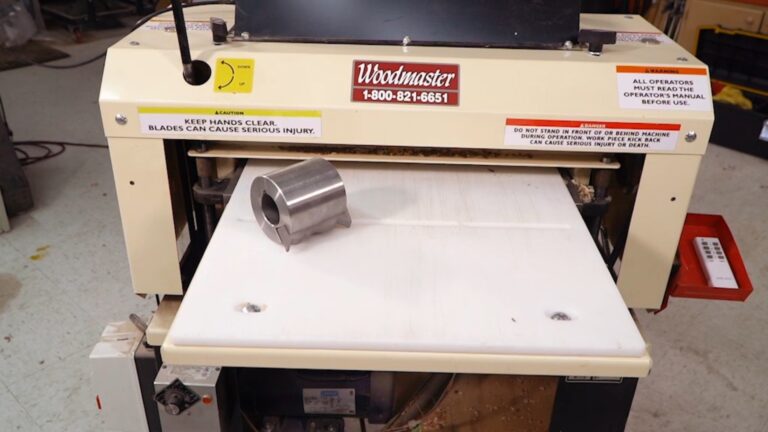


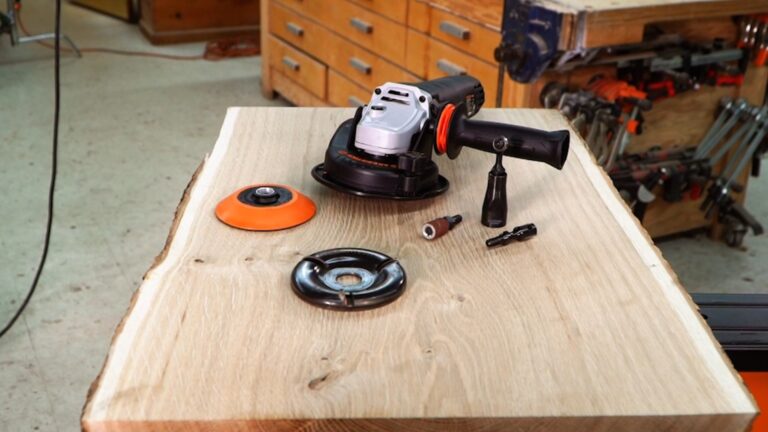





Nope. In my opinion, it's not worth the bother. Mortise and tenon joints are usually stronger, or tongue and groove, or even dovetail joints. If the pocket hole joint should start to fail, you can't re-tighten the screws if their holes are filled! Somewhat matching dowels will be hard to find, could be made on a lathe (it's more difficult to do that than it looks) but a perfect fit will be hard to achieve. You risk tearing out the pocket holes and thereby weakening the joint, which isn't all that strong to start with. When sanding the the filled holes flush, or when just trying to, you will tend to create a depression at the intersection of the 2 connected pieces unless you sand the entire assembly uniformly down (say, with a drum sander). Pocket holes can (potentially) make alignment easier and faster, especially if you don't have a biscuit saw or router table. But if the holes create significant cosmetic issues, it's best not to use them.